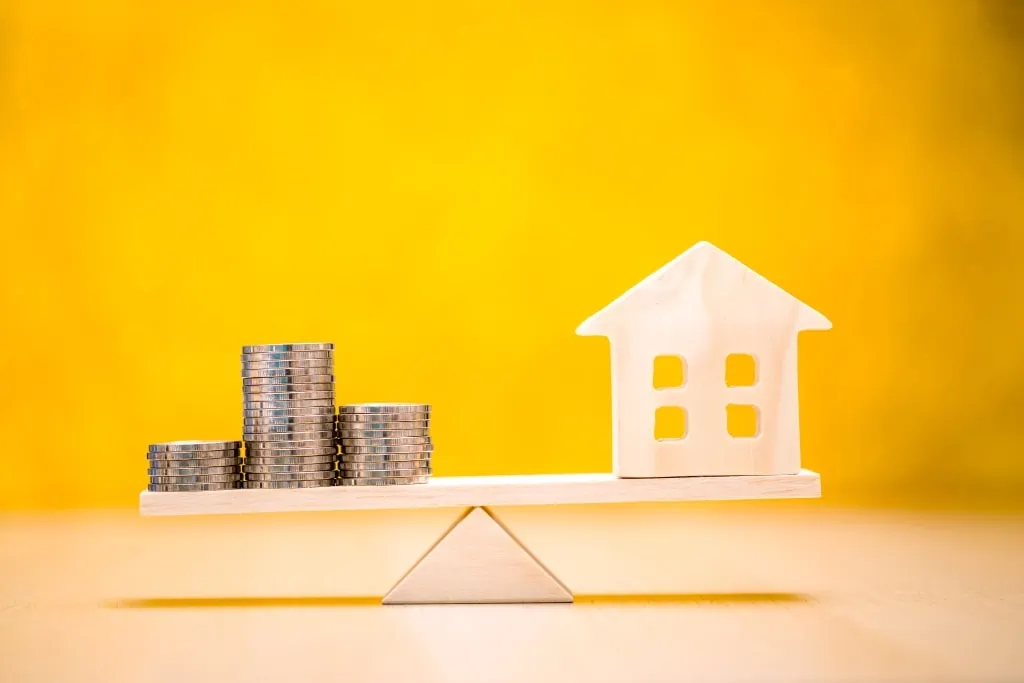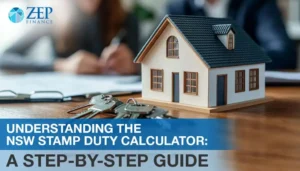Do you know your current home loan interest rate? Thinking about getting a better rate elsewhere or accessing your equity for additional funds? Have you ever asked yourself lately if it’s time for a home loan refinance?
In 2023, the Reserve Bank of Australia (RBA) implemented a series of interest rate hikes in response to the country’s economic conditions. With the economy rebounding strongly after the challenges posed by the COVID-19 pandemic, the RBA has taken a proactive approach to control inflation and ensure sustainable growth.
As a result, the official cash rate has been raised by several percentage points, reaching levels not seen in many years. These interest rate increases have had a notable impact on home loans across the nation.
These interest rate hikes have led to a significant rise in borrowing costs for prospective homeowners. Mortgage interest rates have climbed steadily too, affecting both existing and new borrowers. Homeowners and new home buyers are now facing higher monthly repayments on their loans, which is putting pressure on household budgets.
Are you one of the many who’ve found themselves strapped for cash due to these rate increases? Are you finding it hard to make mortgage payments due to the increase in monthly mortgage dues? If you answered yes to both questions, then this article is for you!
This article will tackle what a home refinance means and how it can help you cope with these interest rate increases. It will also show you how to perform a home loan health check to determine if your current loan is still good for your circumstances, or if you need a home loan refinance to get more favourable terms.
What is a Home Loan Refinance?
Home loan refinancing, or mortgage refinancing as some people call it, involves replacing your existing mortgage with a new one. This new home loan can come from a different lender, or a homeowner can renegotiate terms with their current lender.
This process allows borrowers to take advantage of changing market conditions, like what you’ve just read above, to help secure more favourable interest rates. This can also be used to adjust the loan structure to better suit a homeowner’s financial needs.
With the new loan, a homeowner gets to pay out the balance of the existing mortgage, and they can start making payments on the new loan after, following the new terms and repayment schedule they’re given.
Reasons Why You Should Refinance Your Home Loan

There are several compelling reasons why you should refinance your home loan in Australia. Here are some of them:
- To access lower interest rates, which can lead to reduced monthly repayments and to increase savings over the life of the loan.
- To consolidate multiple debts, such as credit card debts and personal loans, into one loan to allow for simplified finances with potentially lower overall interest costs.
- To switch from a variable interest rate loan to a fixed-interest rate loan or vice versa at the end of a fixed-rate period, allowing for more stability or flexibility depending on market conditions.
- To tap into home equity so that extra funds can be used for home improvements, investments, or other financial goals.
How You Can Refinance Your Home Loan
Refinancing your home loan in Australia involves several steps. You should try to follow these to streamline the process. These steps include the following:
- Assess your current financial situation and determine your refinancing goals.
- Research different lenders and their home loan offerings, comparing interest rates, fees, and loan features.
- Gather all the necessary documentation, including proof of income and bank statements.
- Submit your application to your chosen lender and await approval.
- If your application is successful, your new lender will pay off your existing home loan, and you’ll start making repayments according to the new loan terms.
- Get help from an experienced mortgage broker in Lennox Head to ensure you are getting the right advice for your refinance.
Costs Associated with a Home Loan Refinance
Application fees, legal fees, property valuation fees, and potential exit fees from your current lender are common costs involved in refinancing. You need to factor in these costs and calculate whether the long-term benefits of refinancing outweigh the initial expenses associated with it.
To give you an overview, here are the general upfront costs you might encounter when mortgage refinancing, along with some estimates:
- Mortgage application fee ($500 – $800)
- Property valuation fee ($300) – often paid for by the lender
- Discharge fee ($150 – $300)
- Break costs that depend on the loan amount (fixed interest rate vs current variable interest rate, and the remaining time on the fixed term)
- Settlement fee ($200-800)
- Mortgage registration fee ($154.20 including GST)
- Exit fee ($154.20 including GST)
When is it Ideal to Refinance Mortgage Loans?
The ideal time for refinancing a mortgage depends on several factors. These include current interest rates, your financial goals, and the remaining term of your existing loan. Generally, it makes sense to consider refinancing when interest rates have dropped significantly since this can lead to substantial savings.
When interest rates are high, you can refinance mortgage loans to help reduce interest rates and give you favourable repayment terms. Also, if your credit score has improved since you first took out your home loan, you should check to see if you can qualify for better interest rates and loan terms.
Eligibility Criteria for Accessing a Refinance
Lenders typically consider several factors when evaluating a borrower’s eligibility for a home loan refinance. Meeting the lender’s eligibility criteria is crucial for securing a favourable refinancing deal.
These factors can include the following:
- Proof of Australian citizenship/permanent residency
- Good credit score
- Positive debt-to-income ratio
- Must have stable employment and proof of income
- Have more than 20% equity in your home
What is Home Equity and How is it Calculated?

Your home equity is the difference between your property’s market value and the balance of your mortgage. It is a basic equation that determines how much of the property you own.
To calculate how much home equity you have, start by finding out what your property’s current market value is. Next, deduct the balance that you still owe on your home loan. The remaining amount is how much equity you have.
It also helps to check if the property market in your area has appreciated since you first purchased your home. If you’ve been making additional mortgage repayments, chances are you’ve built up a substantial amount of equity.
How Much Equity Do I Need to Refinance?
Lenders usually allow you to access up to 80% of the equity in your home, minus what you still owe on your home loan. Knowing your property value is key to getting a good deal so valuation is important to know how much of your equity you can use when you refinance.
Tips for Finding Favourable Home Loan Refinance Offers and Rates
- Being a little bit more proactive about your mortgage can help uncover hidden savings and opportunities for you and your family. If you want to make the most of your refinancing plans, below are a few expert tips you can try:
- Conduct thorough research and shop around to compare home loan refinance offers from various lenders.
- Find out your credit score to know what kind of interest rate you qualify for.
- Work on improving your credit score and paying off outstanding debts to increase your chances of qualifying for better rates.
- Choose between fixed or variable interest rate mortgages in accordance with the changes to the official cash rate which is set by the Reserve Bank of Australia.
- Know which loan features you need, e.g., redraw facilities, offset accounts, and fixed interest rates.
- Negotiate your current terms with your lender and consider enlisting the help of a mortgage broker for expert advice and to liaise for you.
- Sign up for a property appraisal to help your lender determine how much your home is worth and whether you have enough equity in your house to qualify for a refinance.
What Is a Home Loan Health Check?
Before you consider a refinance, you should first conduct a home loan health check.
This is the process of reviewing aspects regarding your property, like your current mortgage product (i.e., interest rate, features), property value, home loan statement, your loan-to-value ratio (LVR), and more.
An experienced mortgage broker can perform this review for you in a short amount of time. If you want to find out more about your home and your refinancing eligibility, you should consider getting a FREE home loan health check with us!
Home Loan Refinance Help with ZEP Finance!
If you still find yourself asking “Is it the right time for a home loan refinance?”, seek the help of a professional mortgage broker. They can help you make informed decisions based on your financial circumstances.
At ZEP Finance, we will be able to provide you with an accurate estimate of your borrowing capacity AND are more than happy to give you a FREE home loan health check!
Click the button below to speak with one of our expert mortgage brokers.

After studying business and finance at university, Zain initially expected to pursue a career in finance. However, his passion for property and the experience of buying his own home led him to mortgage broking. He began his mortgage brokering career in 2009 and founded ZEP Finance in 2010.








